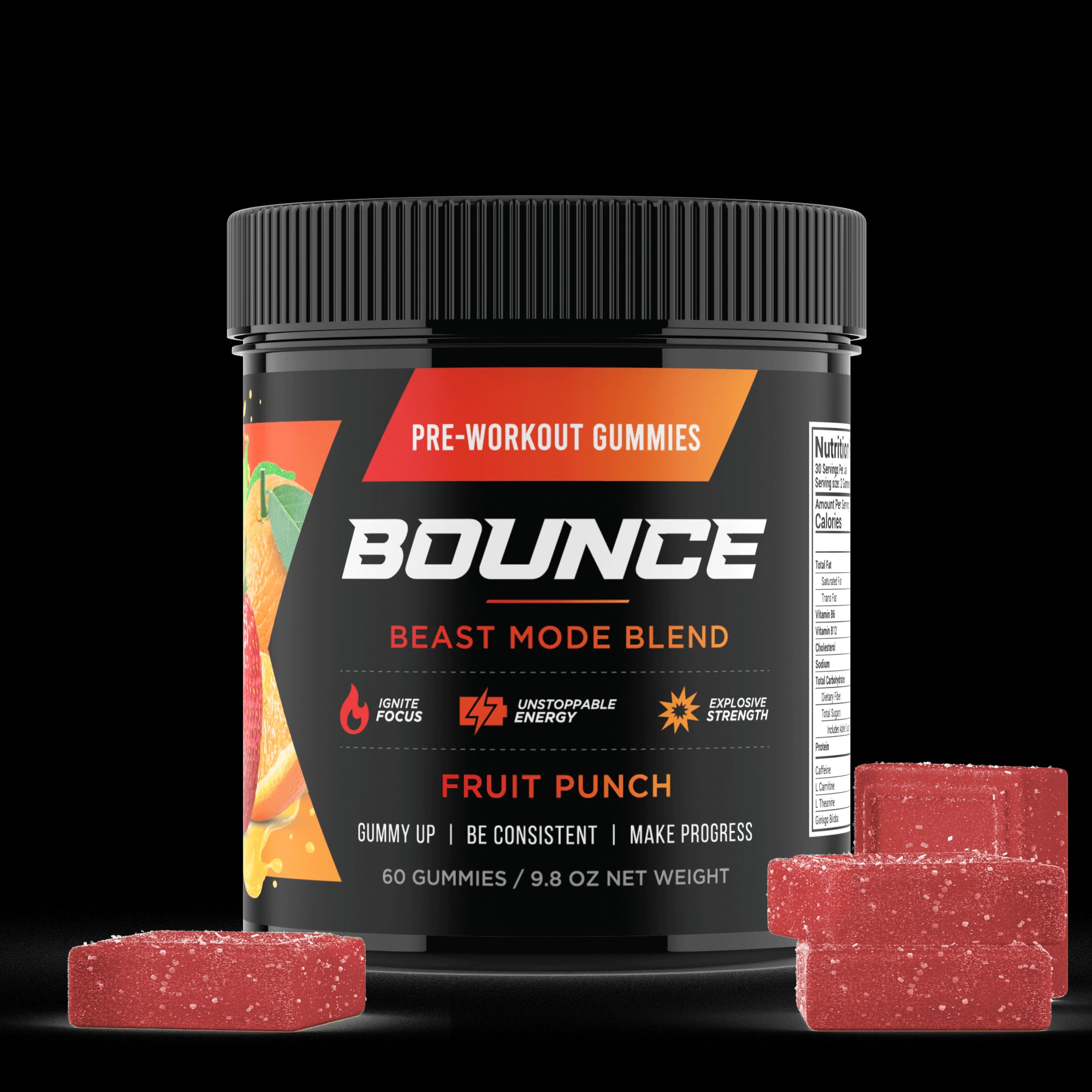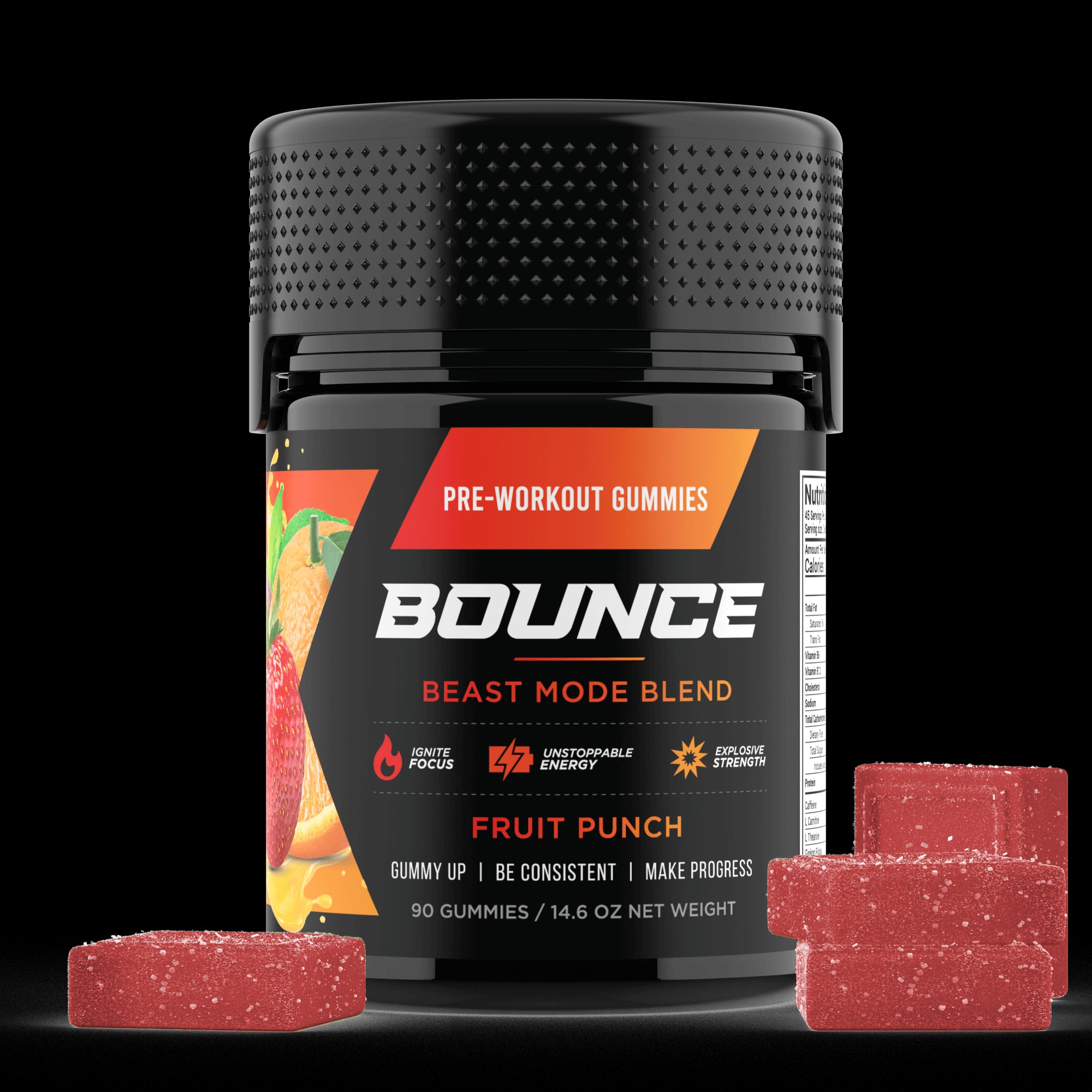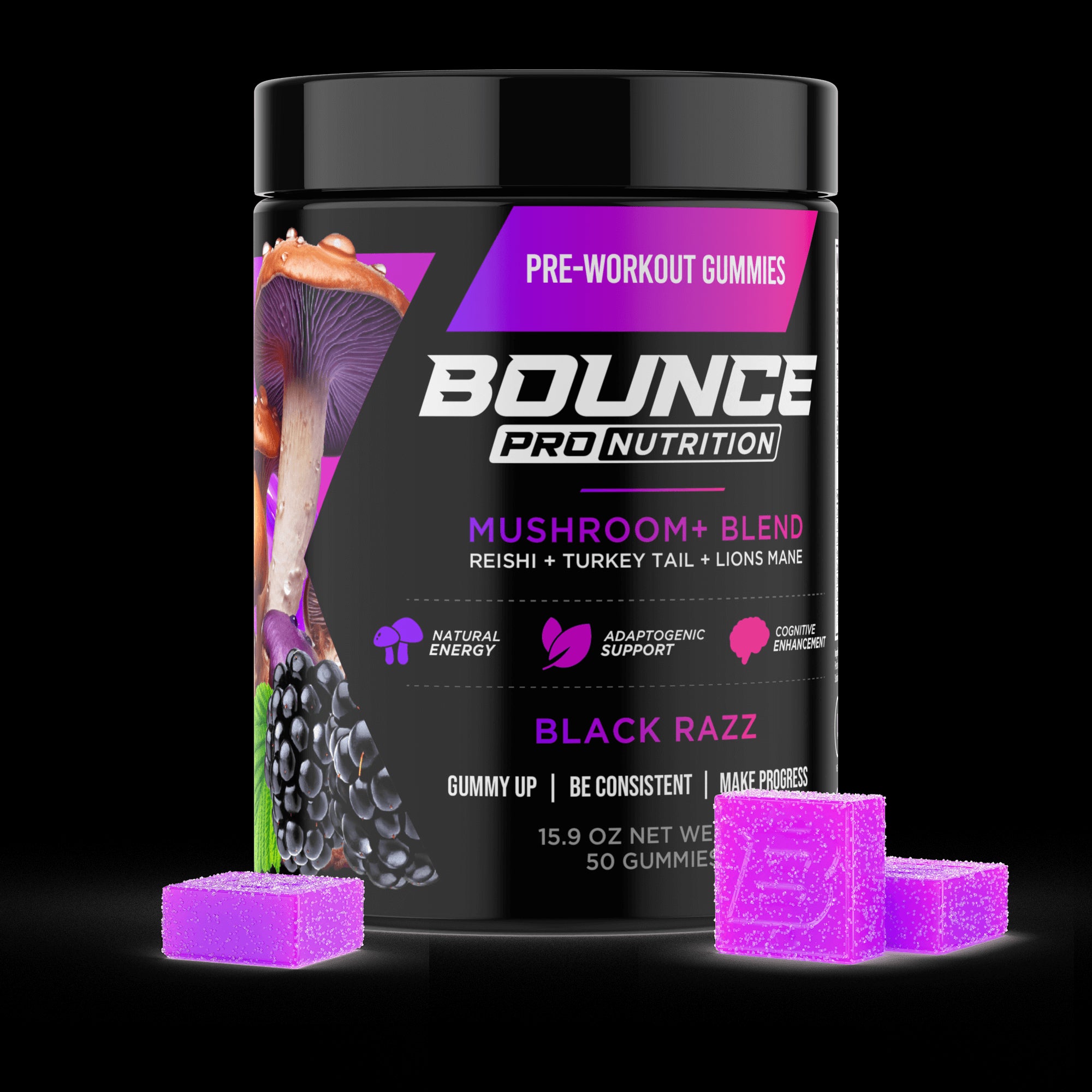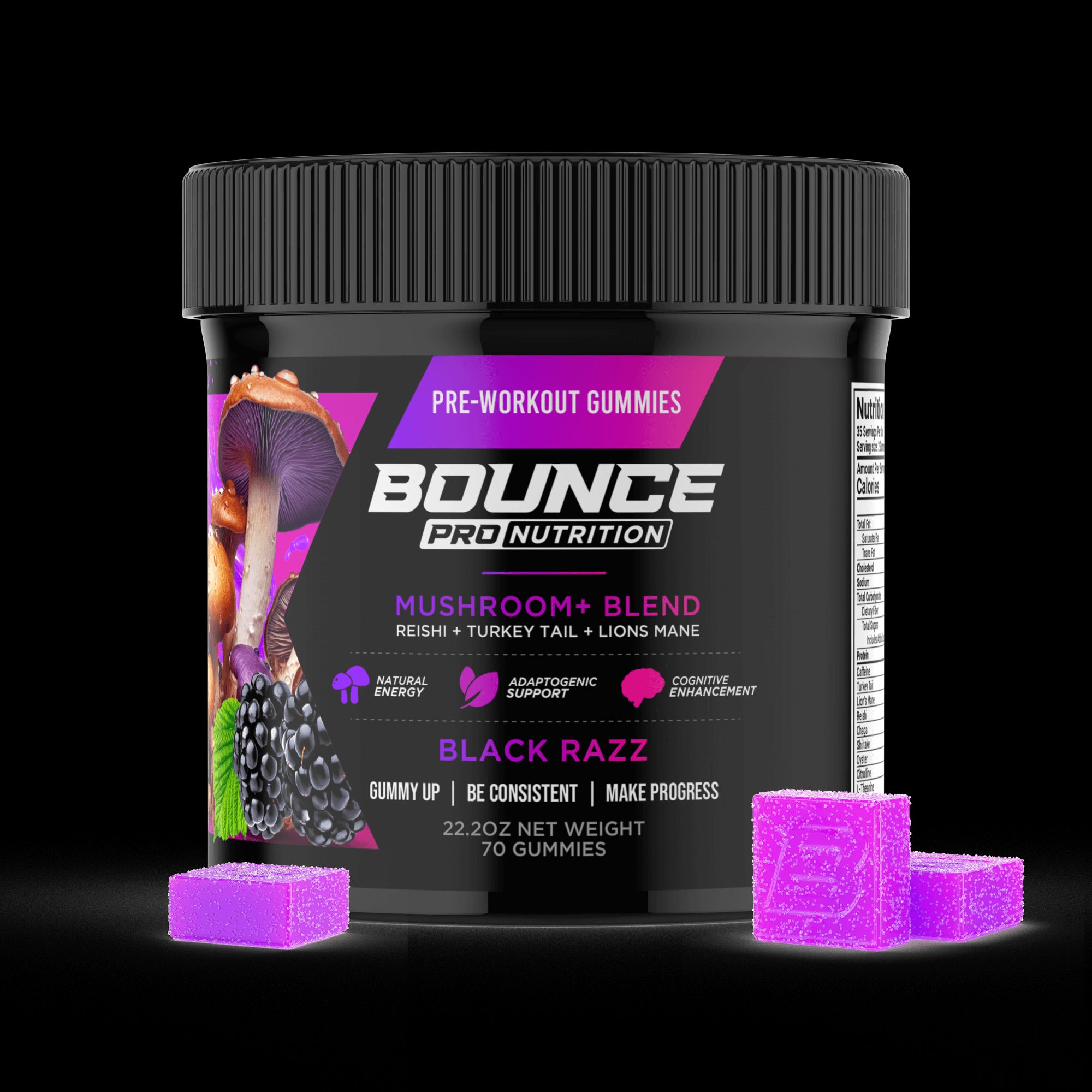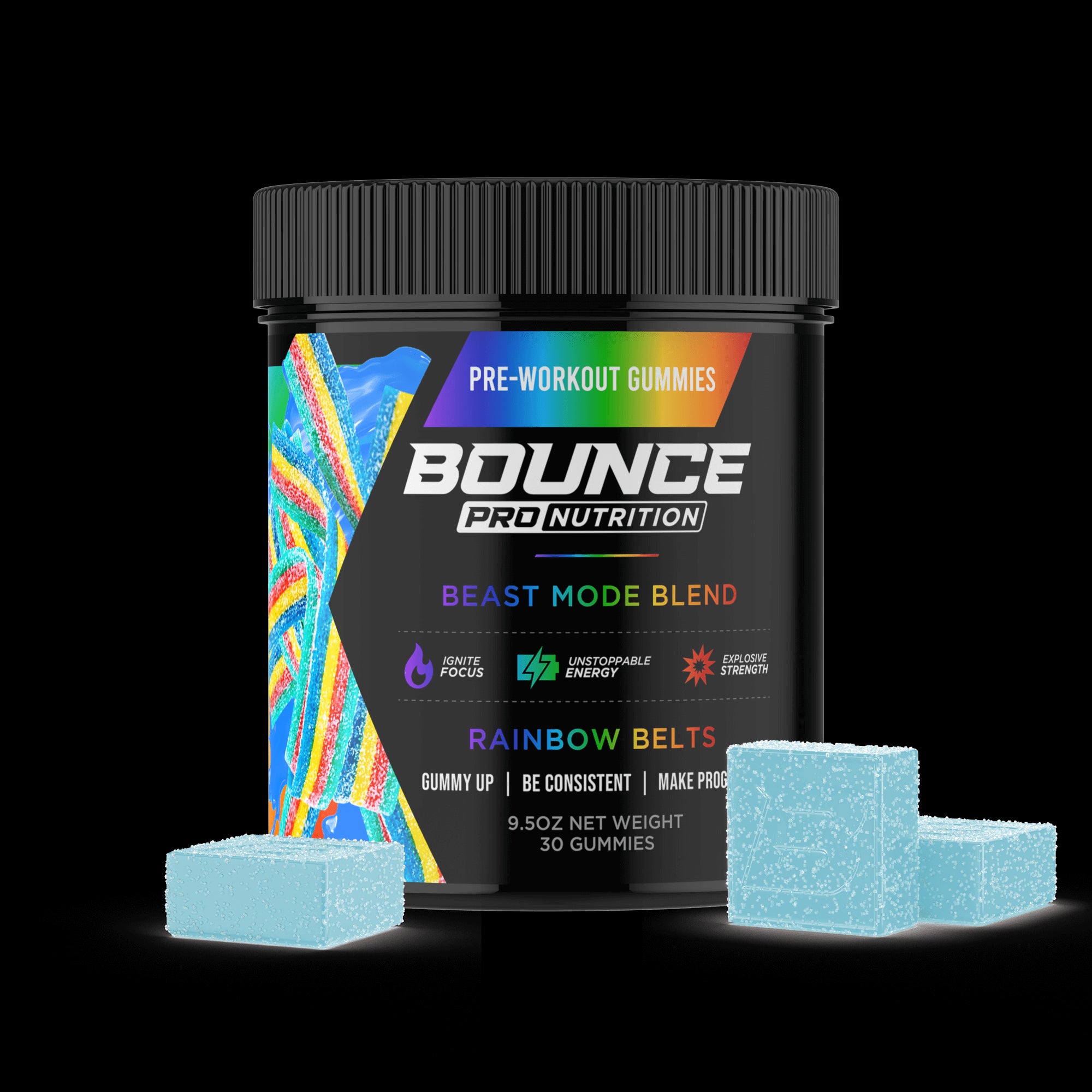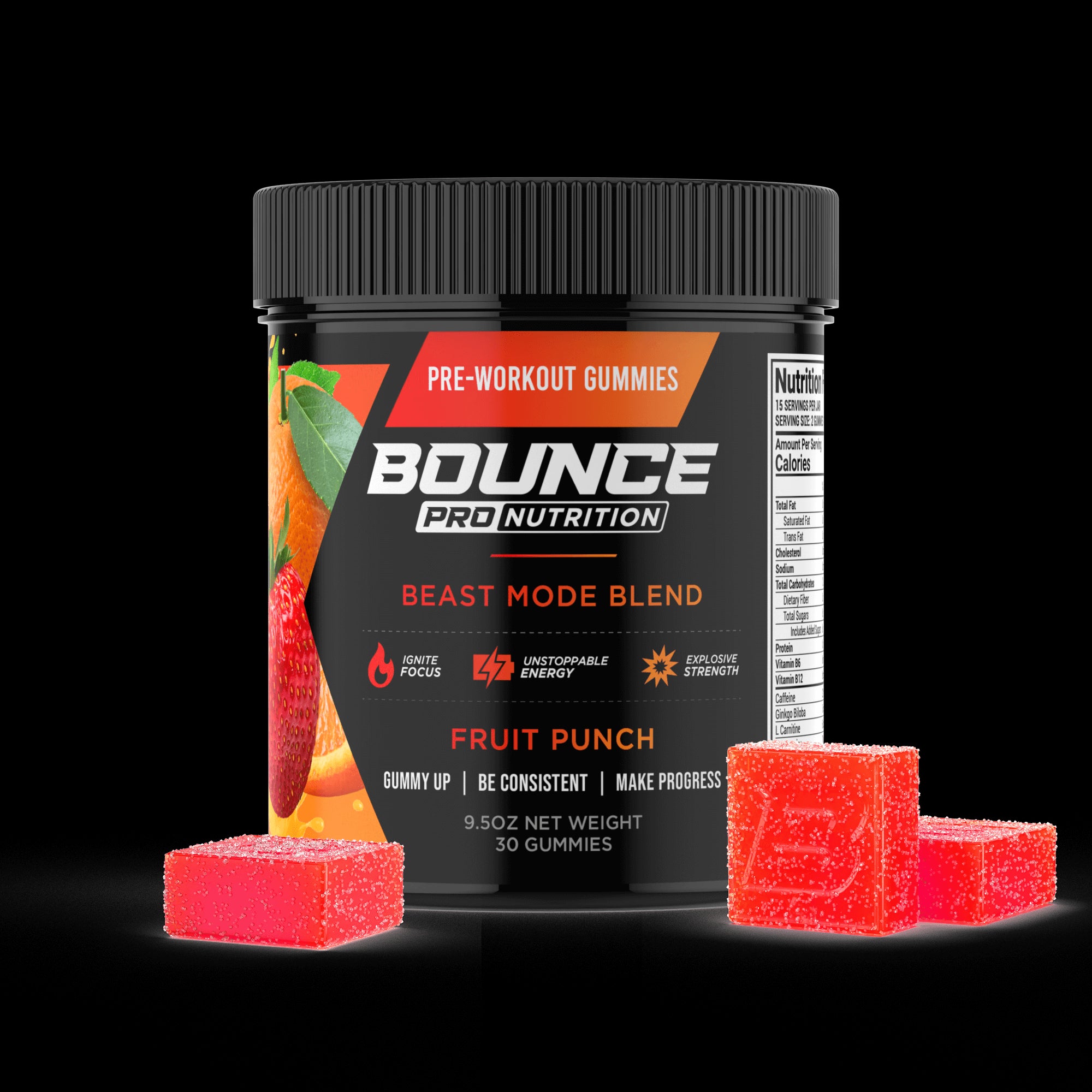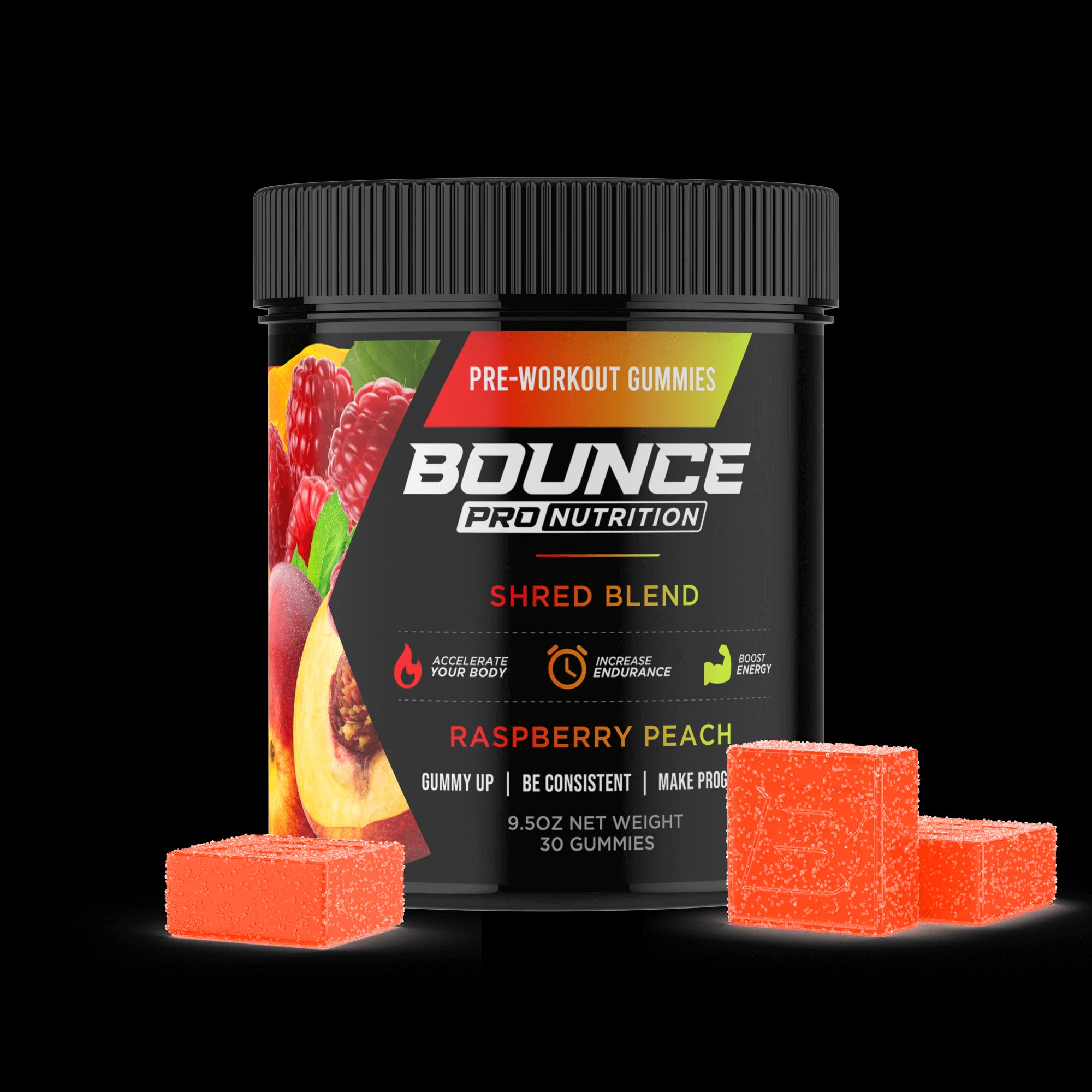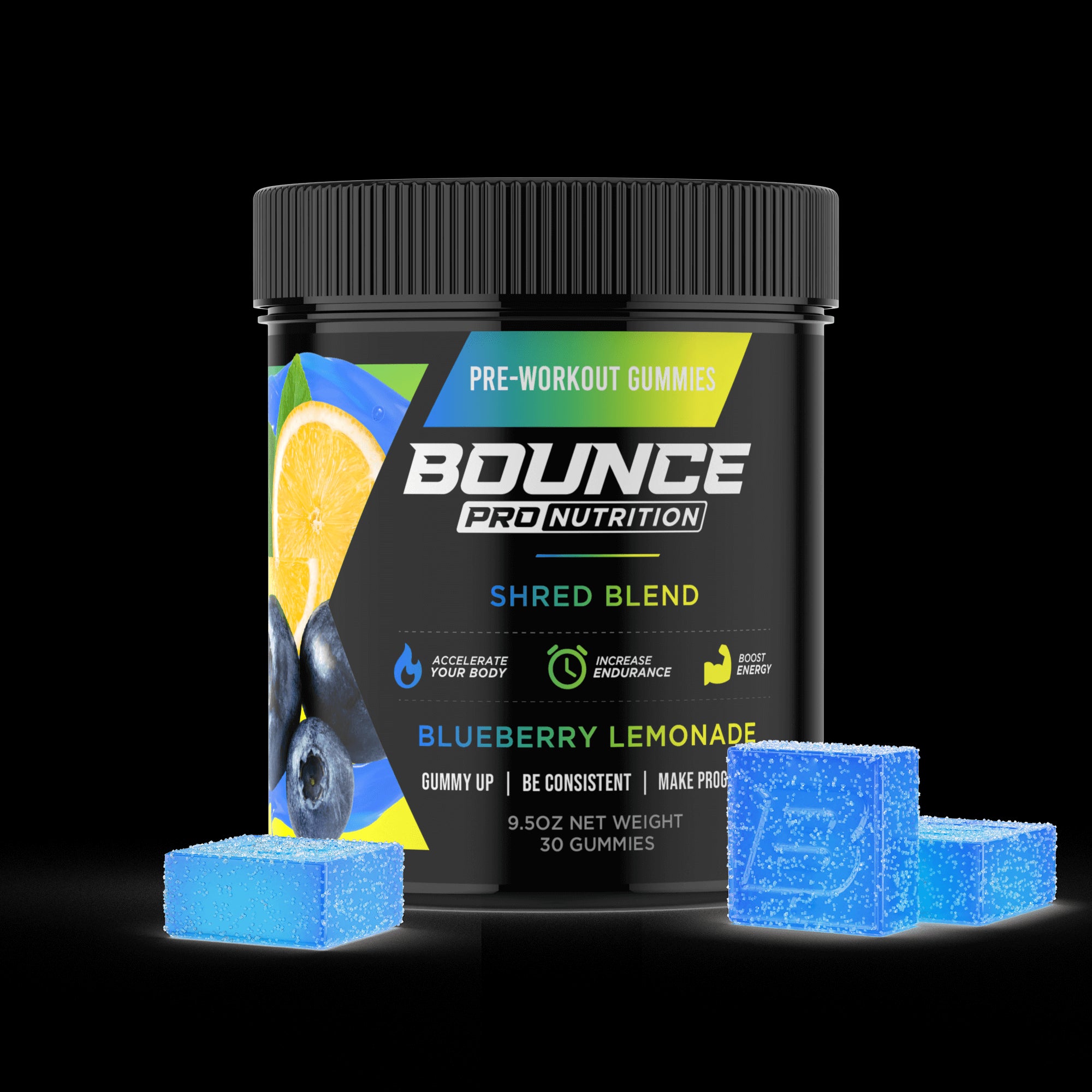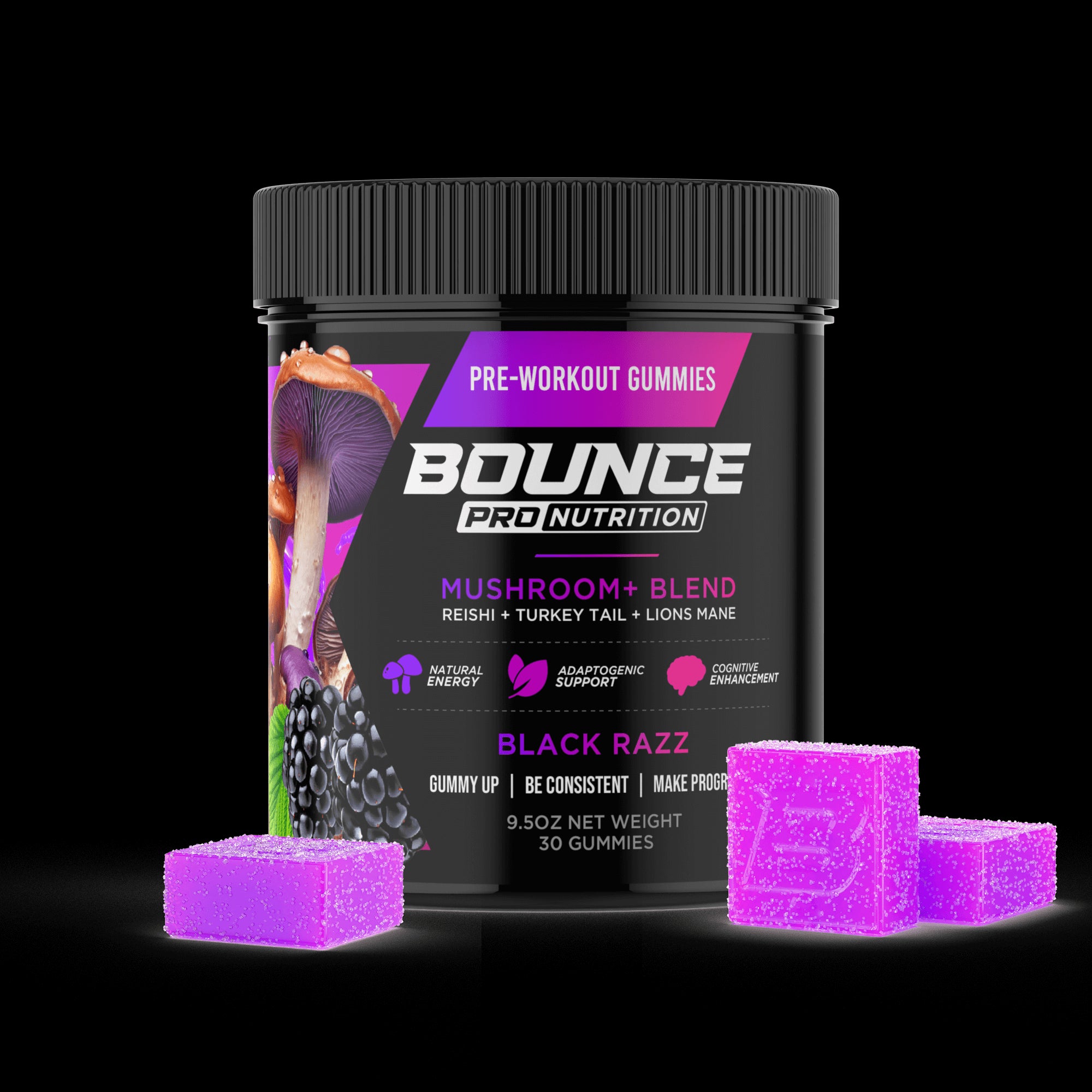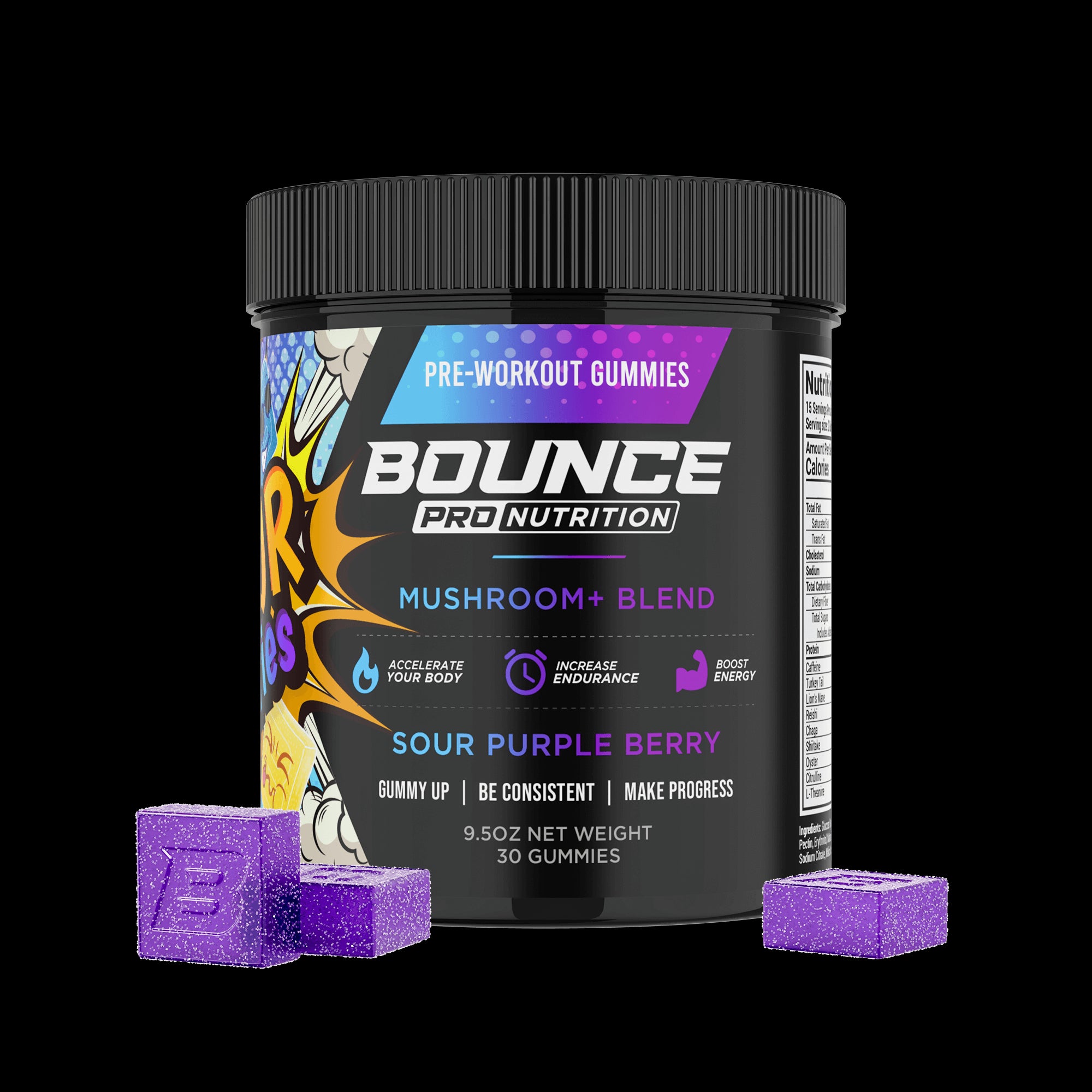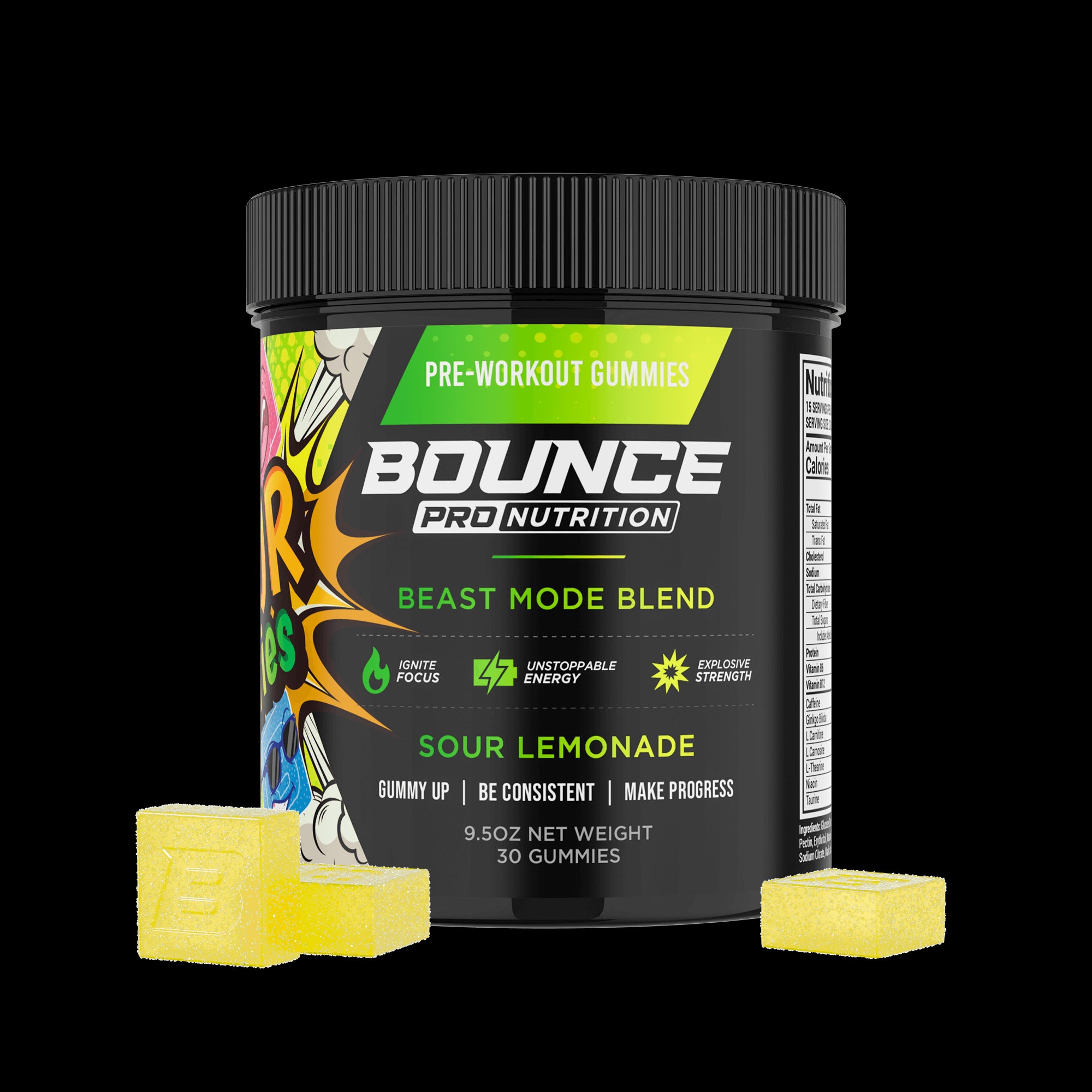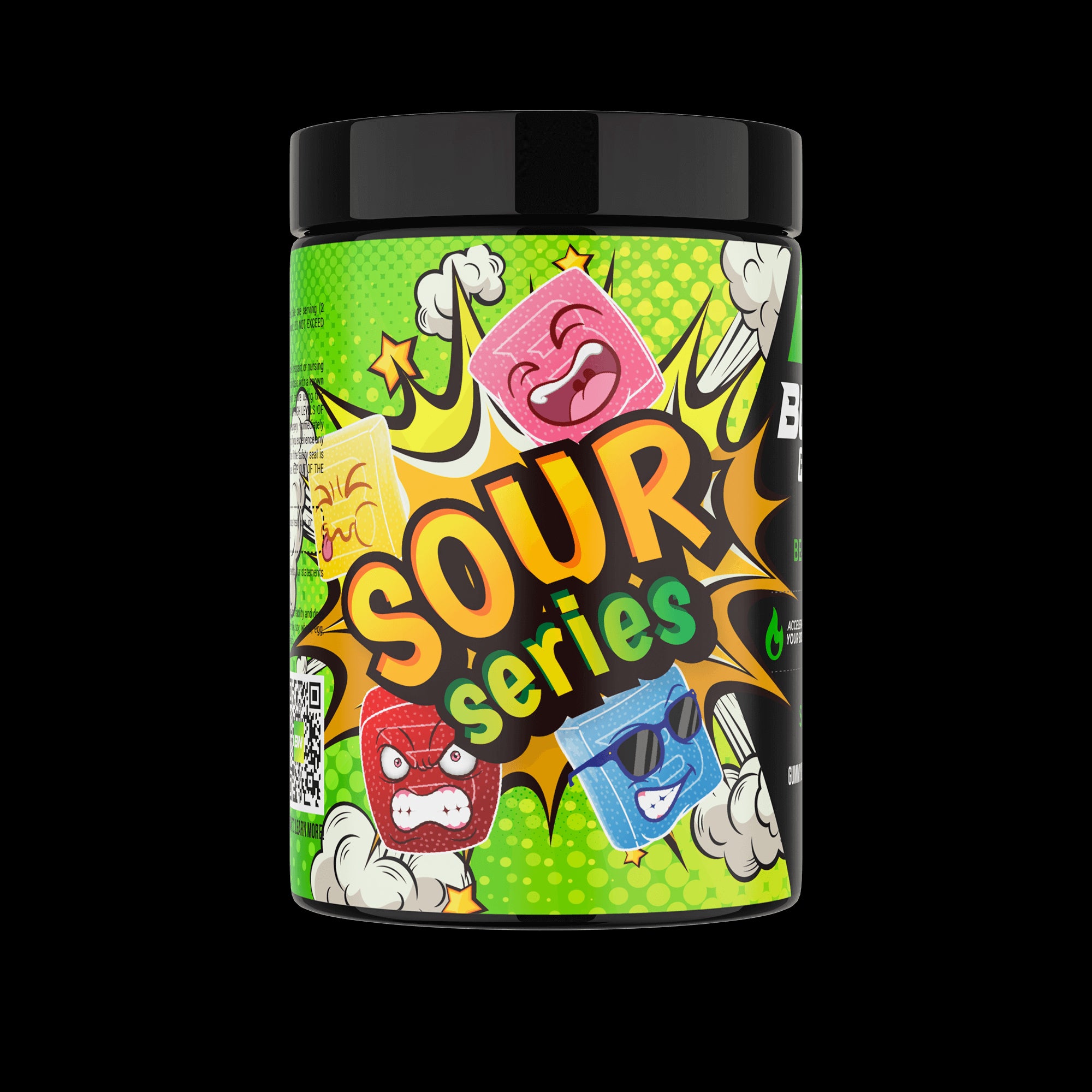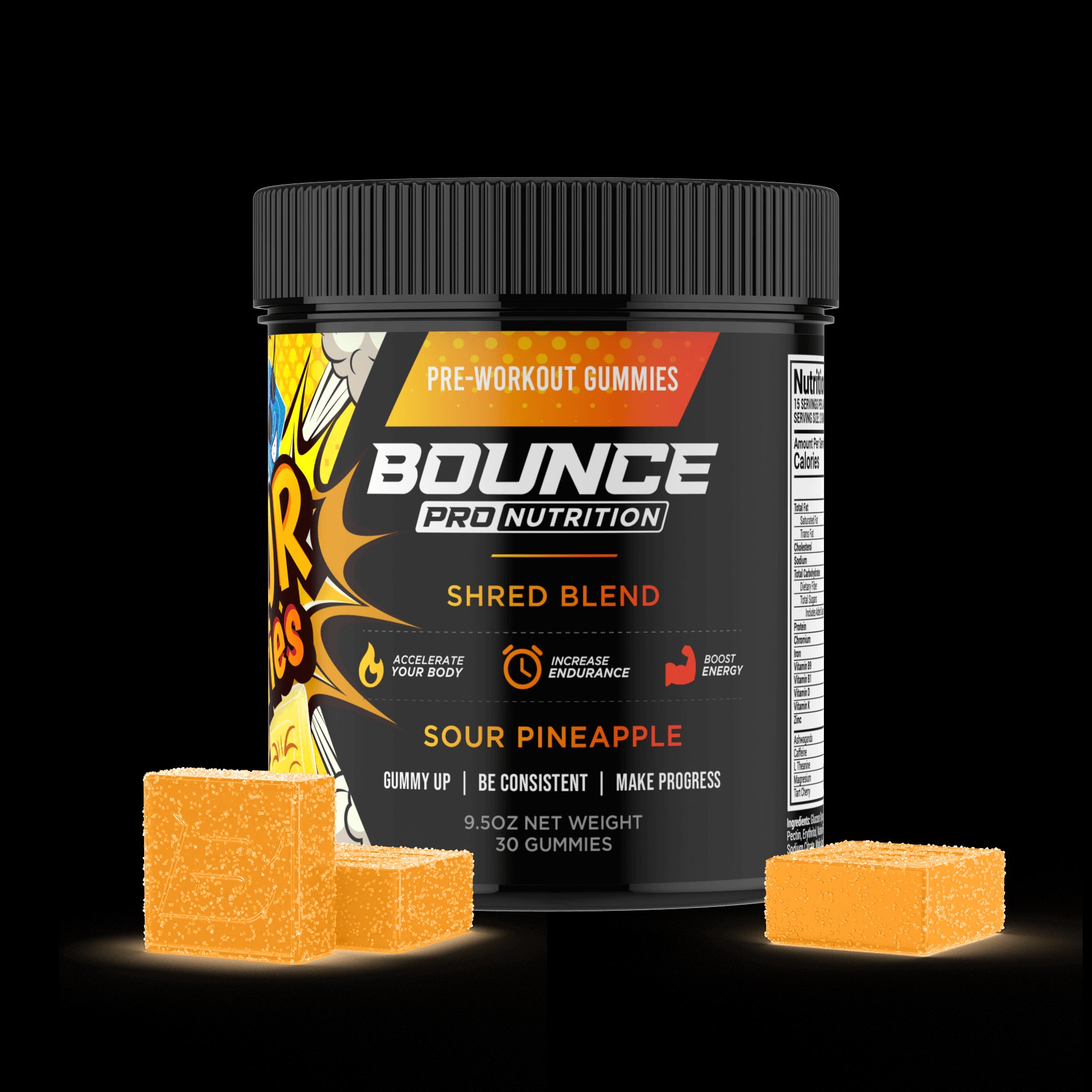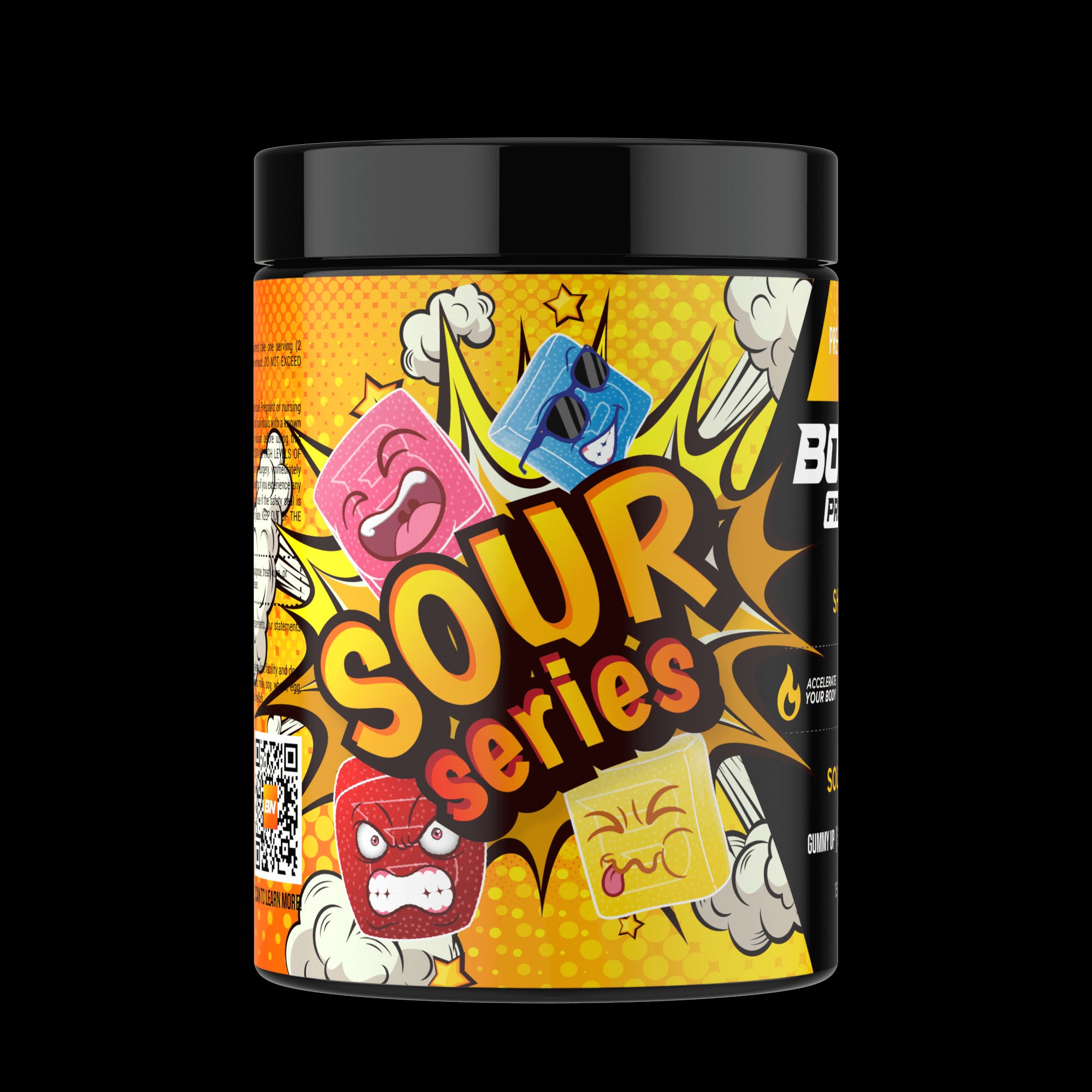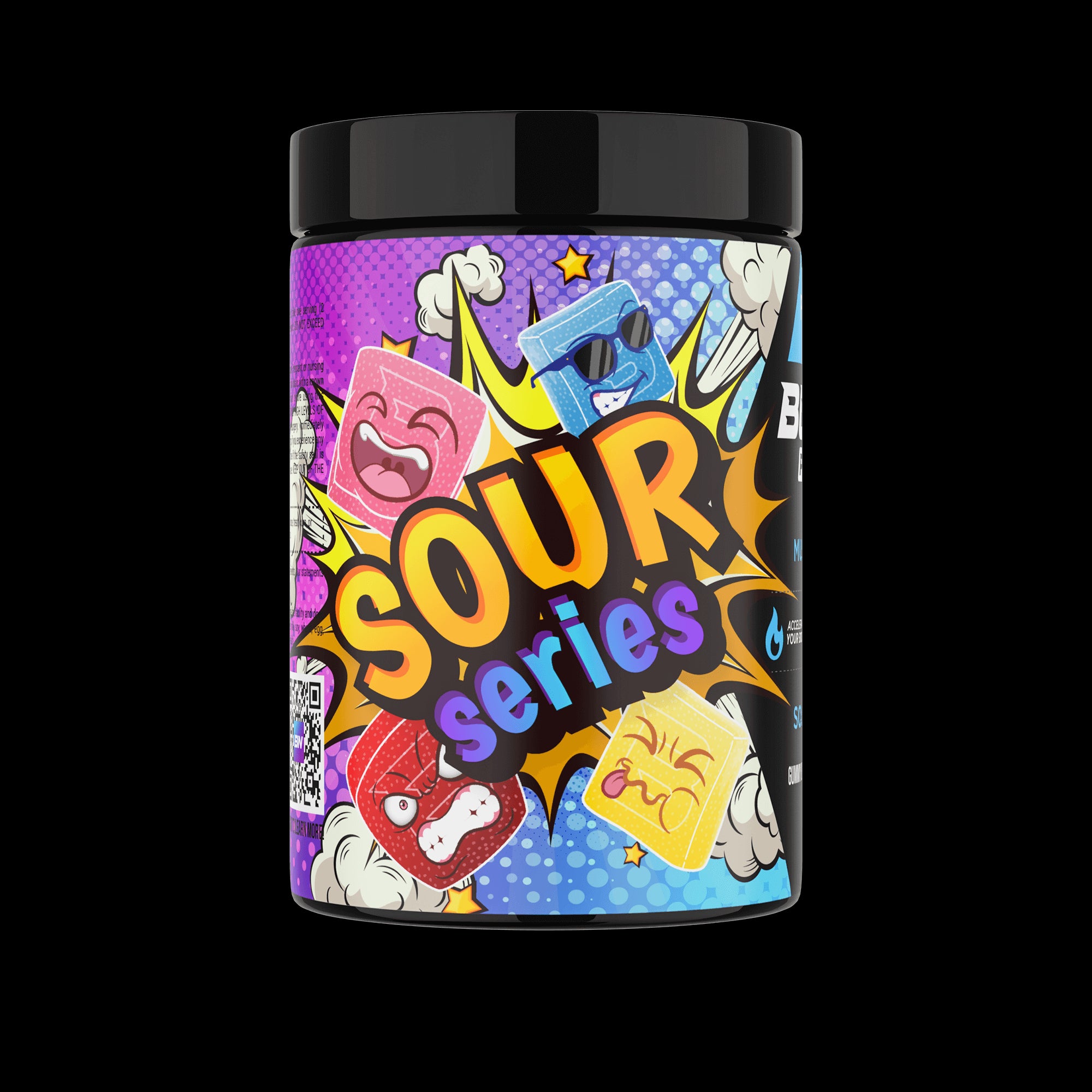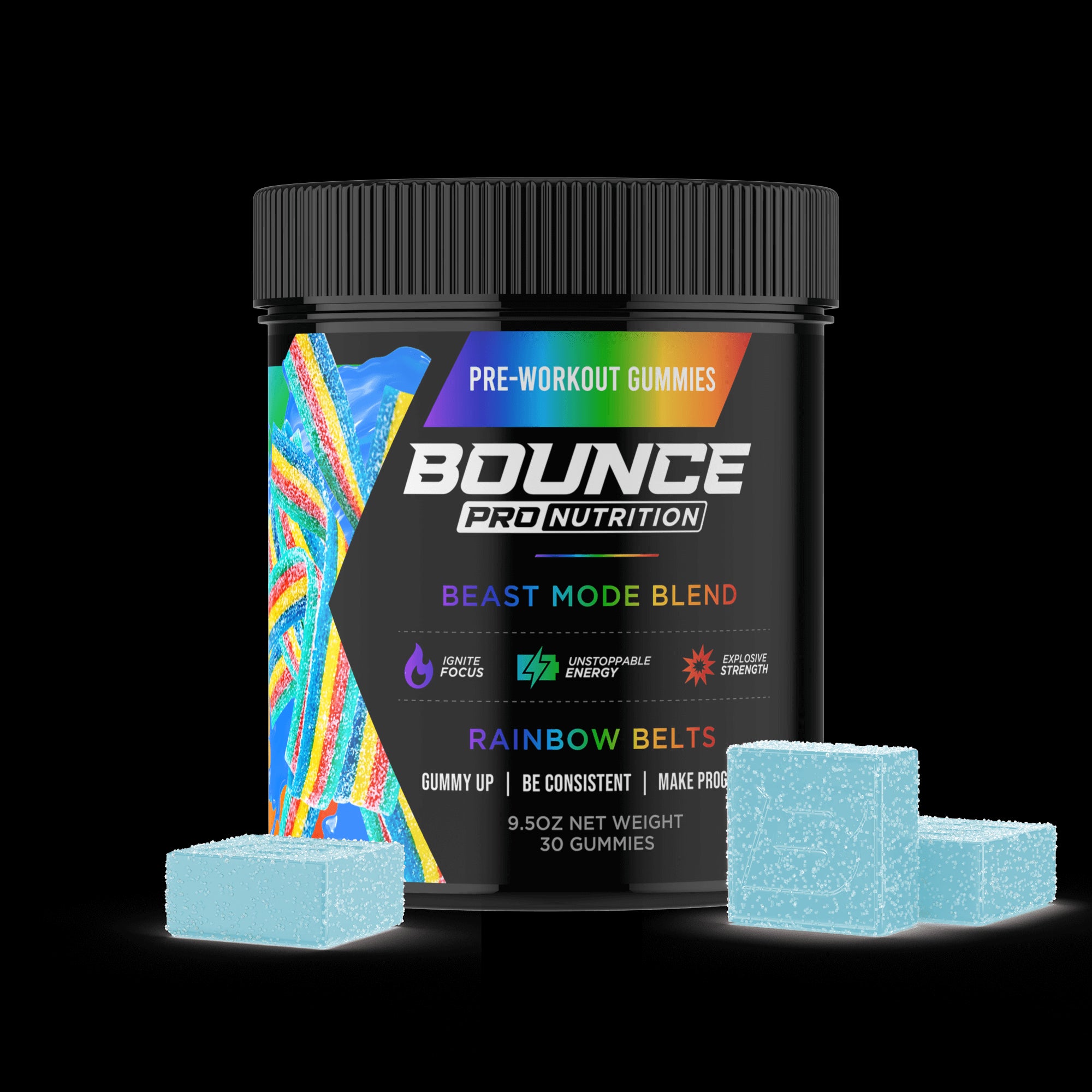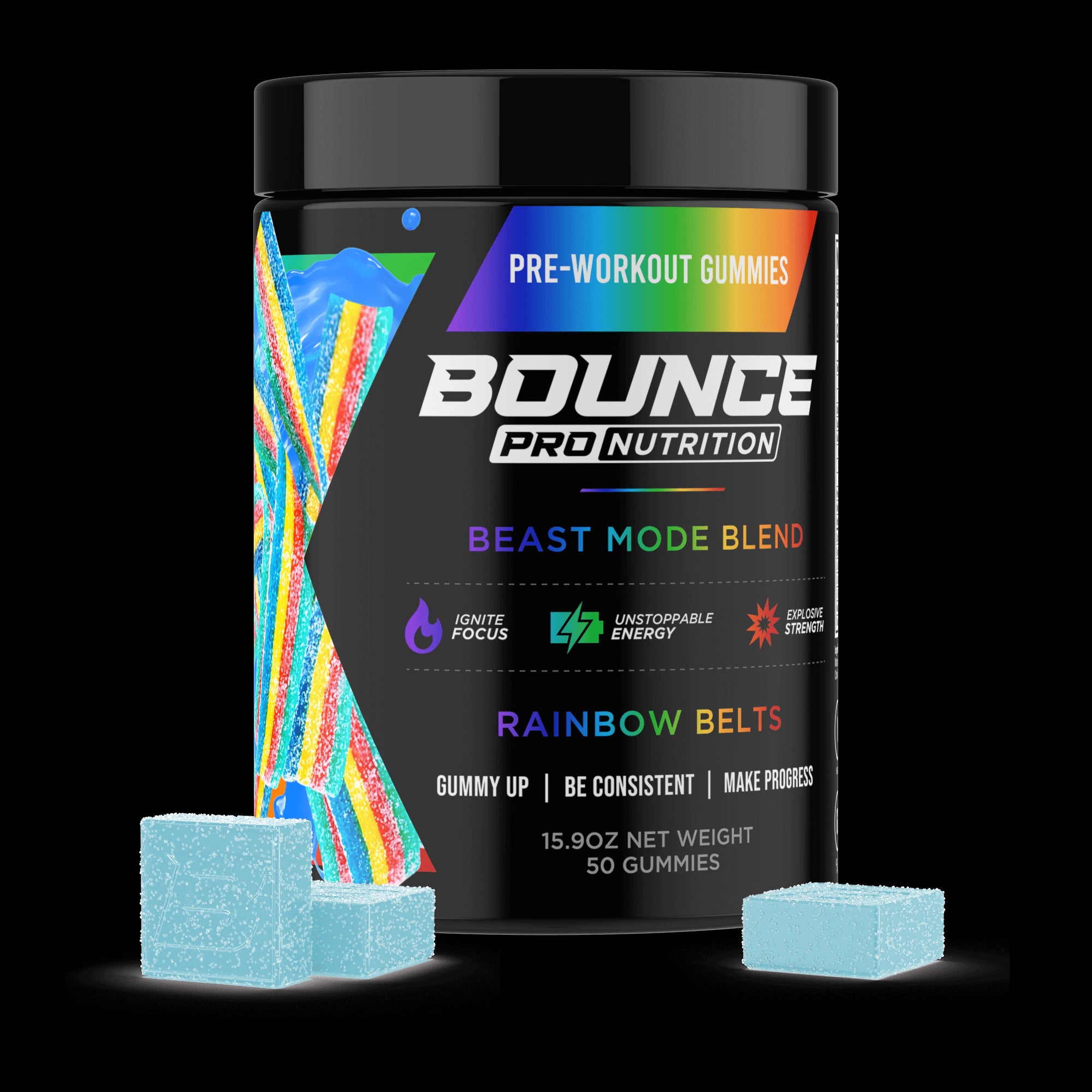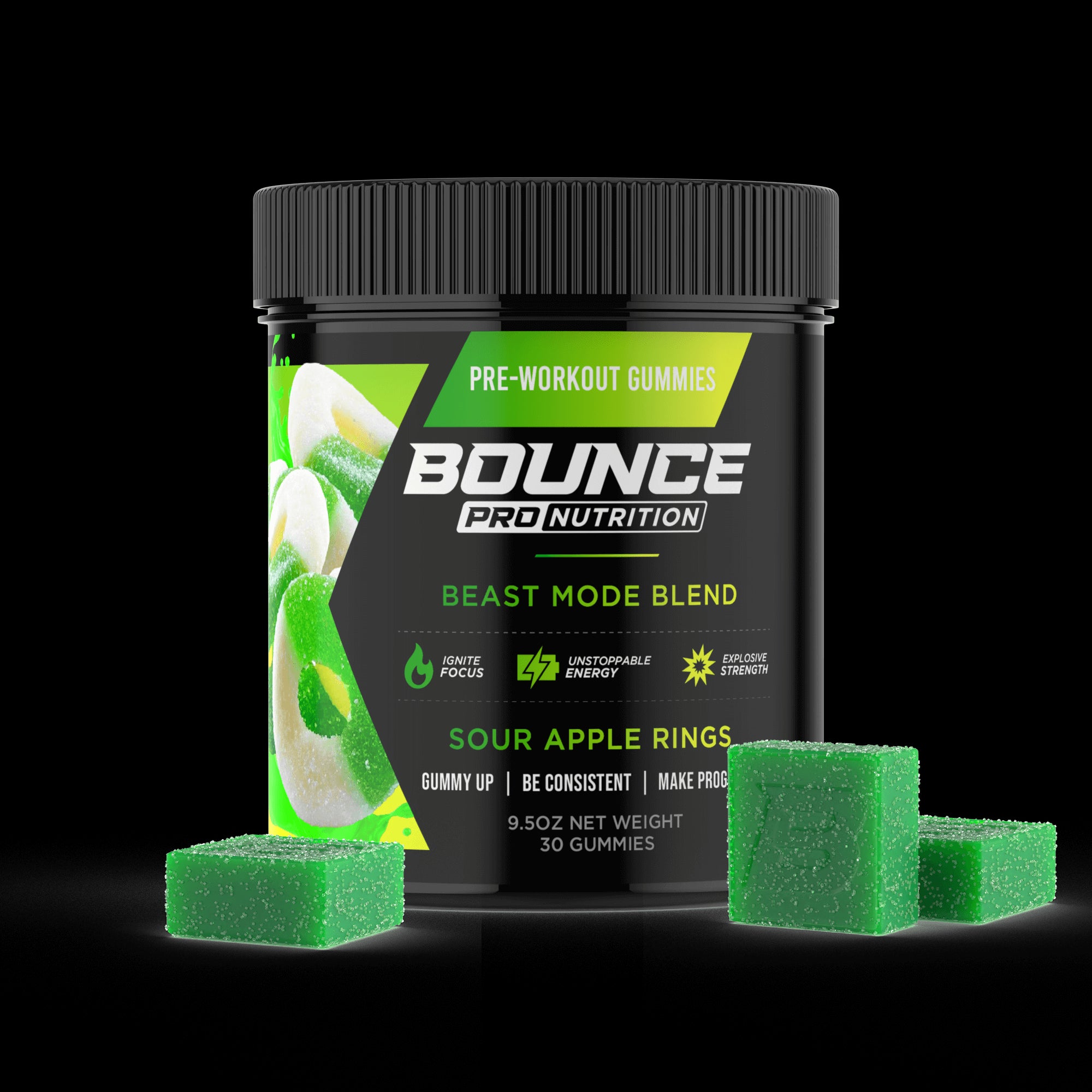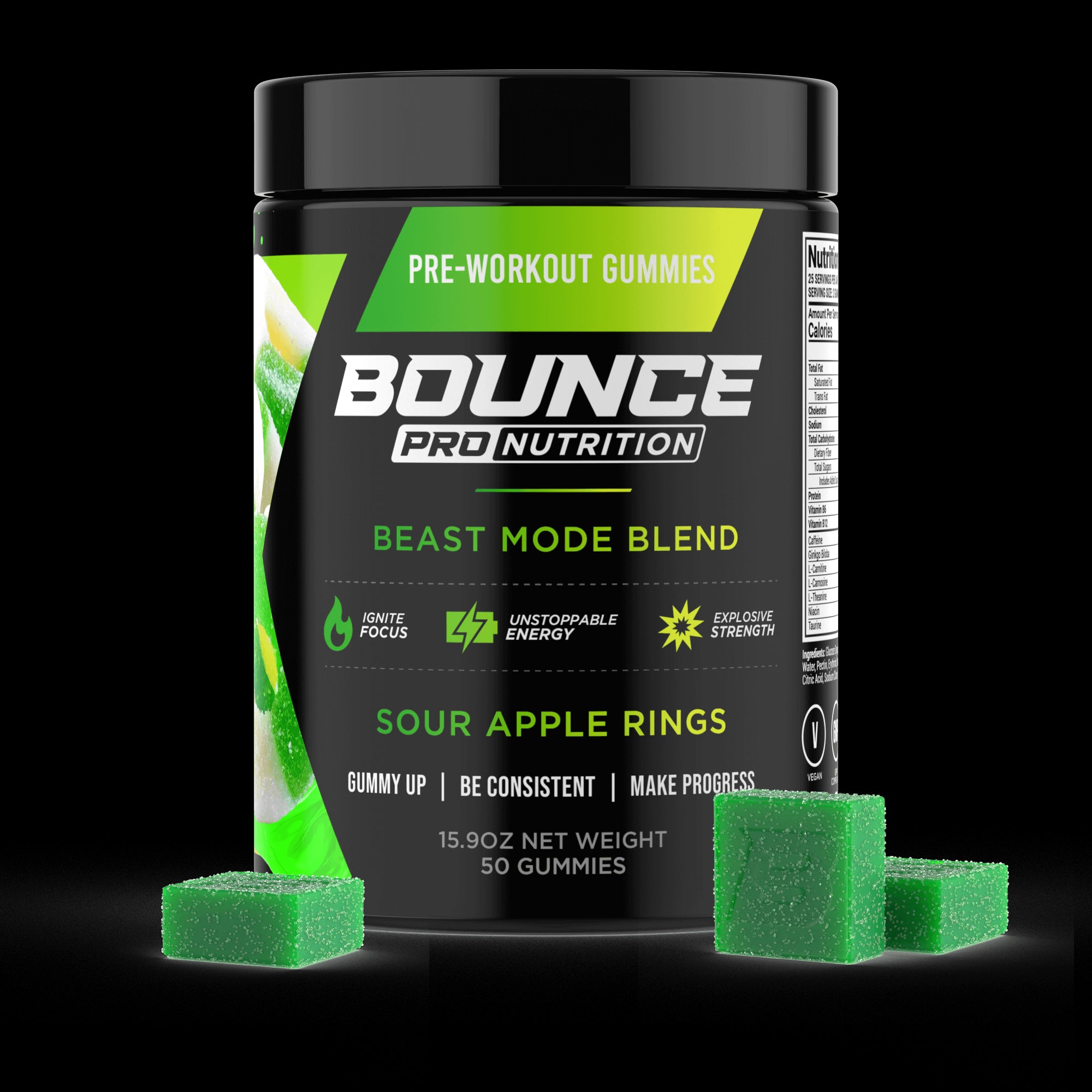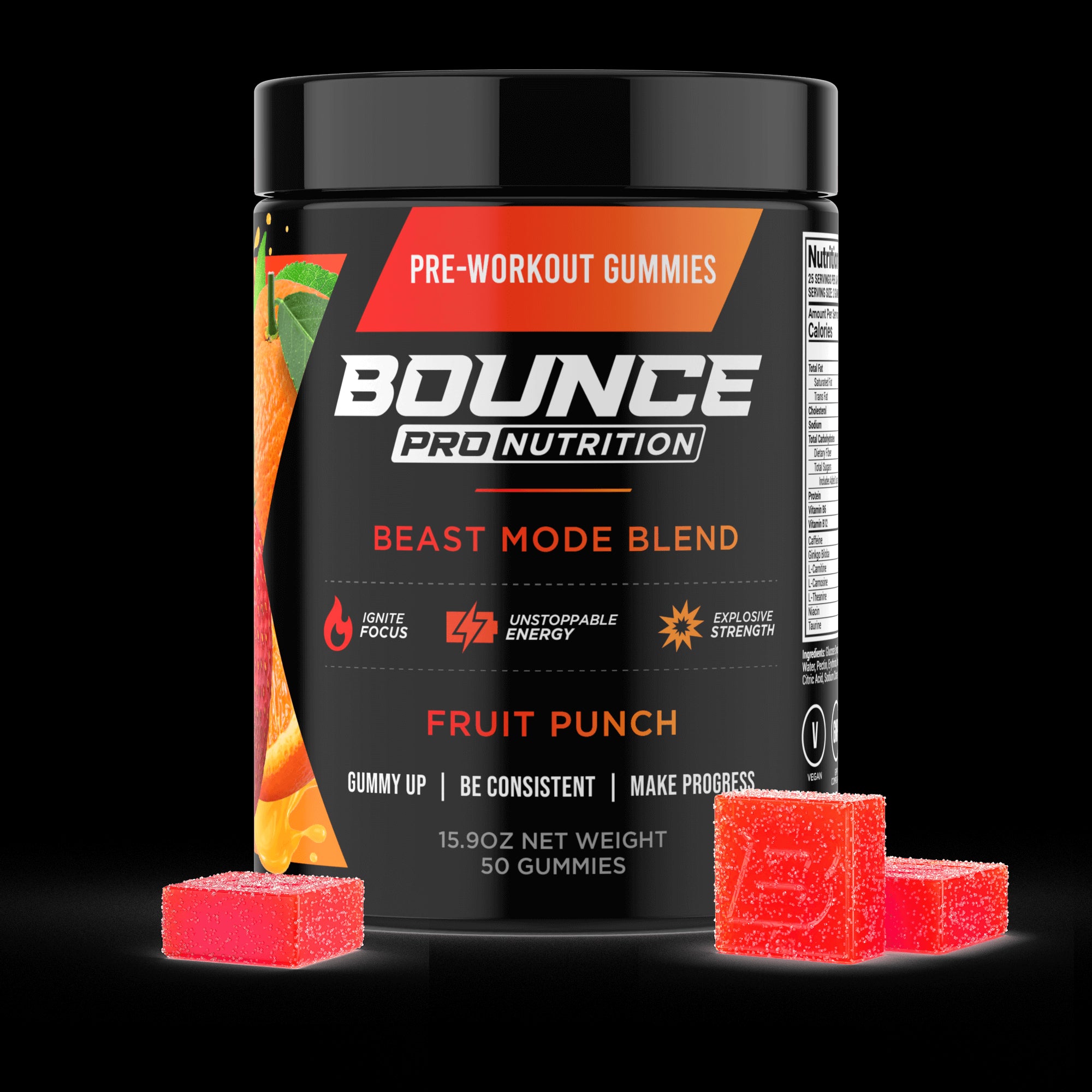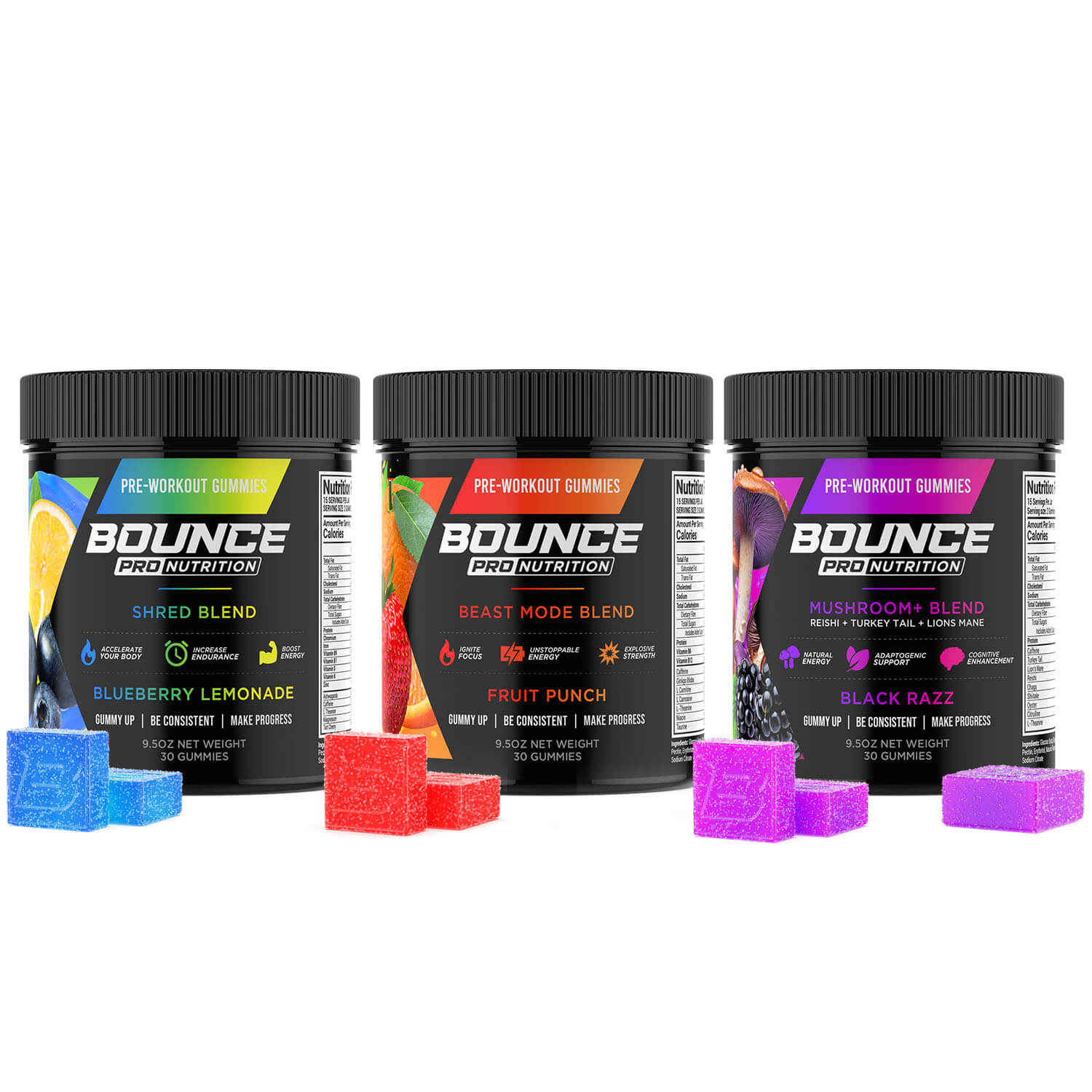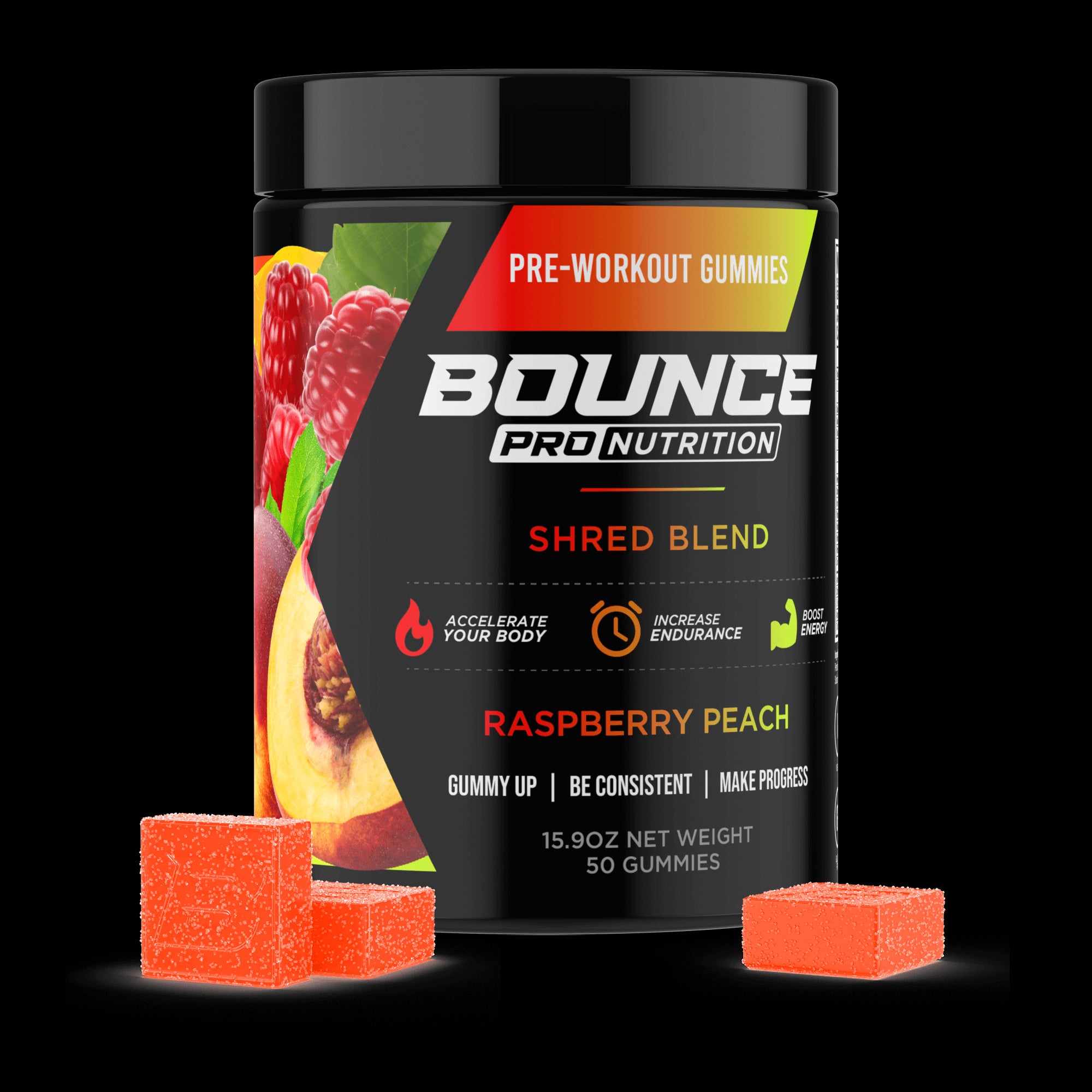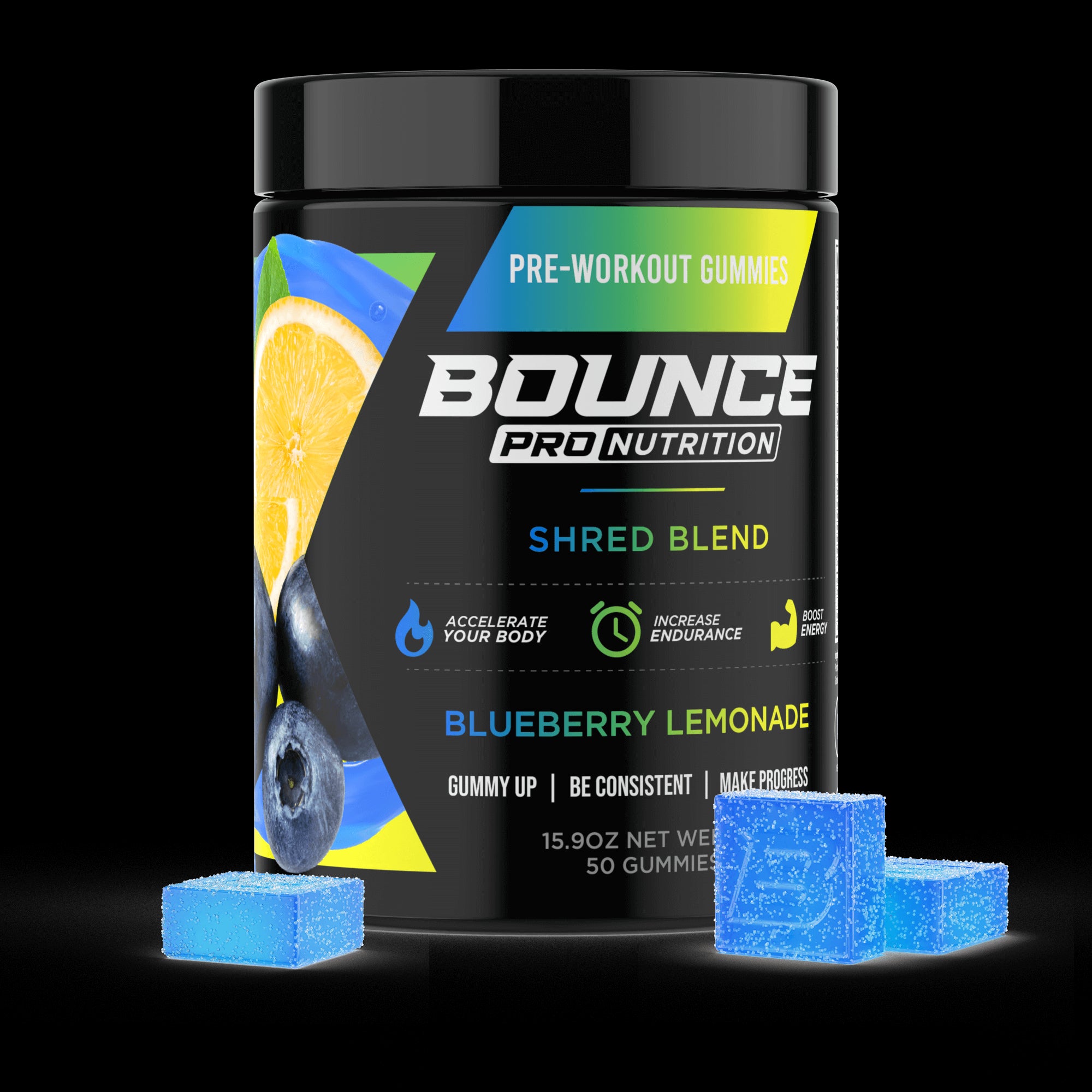Step into the fascinating world of supplement manufacturing, where quality and precision reign supreme. Forget the image of dusty shelves and questionable concoctions. We're about to unravel the meticulous process behind GMP-compliant creatine gummies, those delightful chews that pack a powerful punch for your muscles.
This isn't your average candy-making operation; it's a carefully orchestrated symphony of science, technology, and rigorous quality control, all designed to deliver a supplement you can trust. Get ready to explore the intricate steps involved in crafting these potent performance enhancers, from the selection of premium ingredients to the final inspection that guarantees a product worthy of your fitness goals.
TO BUY CREATINE GUMMIES CLICK HERE
What is Creatine and Its Purposes?
Creatine, a naturally occurring nitrogenous organic acid, plays a pivotal role in energy production, particularly during high-intensity, short-duration activities. It's primarily stored in skeletal muscle, where it acts as a rapid energy reserve. When you engage in intense exercise, your body uses adenosine triphosphate (ATP) for energy. Creatine phosphate donates a phosphate group to ADP (adenosine diphosphate), rapidly regenerating ATP, thus sustaining high-intensity efforts. This process is crucial for activities like weightlifting, sprinting, and other explosive movements. Beyond physical performance, creatine also influences cognitive function, potentially improving short-term memory and reducing mental fatigue.
The body naturally produces creatine in the liver, kidneys, and pancreas, but the amount is often insufficient to maximize performance and potential benefits. Supplementation can elevate muscle creatine stores, leading to improved strength, power, and muscle mass. This increased creatine availability not only enhances physical capabilities but also supports muscle recovery by reducing muscle damage and inflammation following intense exercise. It’s important to note that individual responses to creatine supplementation can vary, and factors like diet, training regimen, and genetics influence its effectiveness.
Creatine's influence extends beyond the gym, with research exploring its potential therapeutic applications. Its role in cellular energy metabolism makes it a subject of ongoing research, with scientists investigating its potential to support overall health and well-being. By enhancing cellular energy availability, creatine may contribute to improved cellular function and resilience, impacting various physiological processes.
What Does GMP Compliant Mean?
GMP stands for Good Manufacturing Practices. It refers to a system of guidelines and regulations that ensure the quality and safety of food and drug products, including dietary supplements like pre-workout gummies. GMP compliance is not just a suggestion; it's a legal requirement enforced by regulatory bodies like the FDA in the United States. These regulations cover all aspects of the manufacturing process, from facility design and maintenance to personnel training and record-keeping.
The core principle behind GMP is to minimize risks involved in any pharmaceutical production that cannot be eliminated through testing the final product. This proactive approach focuses on building quality into the product from the ground up, rather than relying solely on end-product testing. GMP guidelines address various potential hazards, such as contamination, mix-ups, and errors, which could compromise the quality and safety of the final product.
GMP compliance involves adhering to specific standards for facility design and cleanliness, equipment maintenance and calibration, raw material sourcing and handling, production processes, quality control testing, packaging, and labeling. It also requires comprehensive documentation and record-keeping to ensure traceability and accountability at every stage of the manufacturing process.
For consumers, GMP compliance provides assurance that the pre-workout gummies they consume are manufactured under strict quality control measures, minimizing the risk of contamination, adulteration, and other potential hazards. It signifies a commitment to safety and quality, allowing consumers to trust that the product meets the highest industry standards.
What are GMP-Compliant Creatine Gummies?
GMP-compliant creatine gummies are a specialized type of dietary supplement that combines the muscle-building benefits of creatine with the assurance of Good Manufacturing Practices. These gummies are formulated to provide a convenient and palatable way to enhance muscle strength, power, and size, while adhering to the highest standards of quality and safety. Unlike traditional creatine supplements that may come in powder or capsule form, these gummies offer a delicious and enjoyable alternative for those seeking to optimize their athletic performance and support muscle growth.
What sets GMP-compliant creatine gummies apart is their adherence to strict manufacturing guidelines and regulations. Again, GMP compliance ensures that the gummies are produced in a controlled environment, using high-quality ingredients, and following standardized procedures to prevent contamination and ensure consistency. Hence, these gummies are less likely to contain harmful impurities or contaminants and are more likely to deliver the expected benefits consistently. The GMP compliance also ensures accurate labeling and proper packaging, providing consumers with reliable information and safeguarding the product's quality throughout its shelf life.
How Creatine Gummies are Made to Be GMP Compliant
Manufacturing creatine gummies to be GMP compliant is a complex and meticulous process that requires a deep understanding of GMP regulations and a commitment to quality at every stage. It involves a combination of scientific expertise, rigorous quality control measures, and meticulous documentation to ensure that the final product meets the highest industry standards. This process goes beyond simply following a recipe; it's about building quality into the product from the ground up.
Before diving into the specific steps involved, it's crucial to understand that GMP compliance is not just a checklist; it's a culture of quality that permeates every aspect of the manufacturing process. Meaning, companies must invest in comprehensive training programs for their personnel, establish clear standard operating procedures (SOPs), and maintain meticulous records to ensure traceability and accountability. The entire process is designed to minimize risks, prevent errors, and ensure that the final product is safe, effective, and consistently meets the labeled claims.
Step 1: Ingredient Selection
The journey to GMP-compliant creatine gummies begins with the careful selection of ingredients. This involves more than just choosing high-quality raw materials; it requires sourcing ingredients from suppliers who adhere to GMP standards themselves. Manufacturers must verify the authenticity and purity of each ingredient, especially the creatine monohydrate, through supplier audits, certificates of analysis, and rigorous testing.
This ensures that the ingredients are free from contaminants, adulterants, and other potential hazards. The selection process also involves evaluating the suitability of each ingredient for the intended use and ensuring that it meets the required specifications for potency, stability, and safety.
Step 2: Creating the Base Mixture
Once the ingredients have been qualified, the next step involves creating the base mixture. This is a critical stage that requires precise measurements, controlled conditions, and strict adherence to SOPs. The gelling agent, often gelatin or a plant-based alternative like pectin, is carefully dissolved in purified water and heated to a specific temperature.
The creatine monohydrate is then added to the mixture, ensuring it is fully dissolved and evenly distributed. Natural sweeteners and flavorings are incorporated, and the entire mixture is thoroughly blended to create a homogenous solution. Throughout this process, temperature, pH, and viscosity are closely monitored and documented to ensure consistency and prevent any deviations from the established formula.
Step 3: Pouring and Molding the Gummies
With the base mixture prepared, the next step is to pour it into molds. This seemingly simple step is subject to strict GMP controls to ensure accuracy and prevent contamination. The molds are typically made from food-grade silicone and are thoroughly cleaned and sanitized before each use.
The pouring process is carefully controlled to ensure that each mold is filled evenly and to the correct level, preventing variations in size and shape. Automated dispensing systems are often used to enhance precision and minimize the risk of human error. The filled molds are then transferred to a controlled environment for setting, where temperature and humidity are carefully regulated to ensure proper gelation and prevent any microbial growth.
Step 4: Removal from Molds
After the gummies have fully set, they are carefully removed from the molds. This process is carried out with utmost care to prevent damage to the delicate creatine gummies and maintain their integrity. The flexibility of the silicone molds allows for easy release, ensuring that the gummies retain their intended shape and texture.
The removed gummies are placed on clean, sanitized trays for further processing. Throughout this step, operators wear appropriate protective gear to prevent contamination, and the entire process is conducted in a clean and controlled environment to minimize the risk of any foreign material entering the product.
Step 5: Quality Control
Quality control is an integral part of GMP compliance, ensuring that the final product meets the highest standards of safety and efficacy. The GMP-compliant creatine gummies are meticulously inspected for shape, size, consistency, and appearance. They are also checked to ensure that the correct amount of creatine is distributed evenly across all gummies.
Advanced analytical techniques are used to verify the content of creatine and ensure that it matches the label claims. Any creatine gummies that don't meet the stringent quality standards are discarded, preventing them from reaching consumers. This rigorous inspection process guarantees that only the highest quality gummies are packaged and sold, providing consumers with a safe and effective product.
Step 6: Coating and Drying
To enhance the texture and prevent sticking, some manufacturers apply a light coating to the creatine gummies. This coating must also meet GMP standards and may consist of a natural food-grade wax, such as carnauba wax, or a light dusting of starch. The gummies are then placed in a controlled drying chamber to remove any excess moisture and further solidify their texture.
This drying process is carefully monitored to prevent the gummies from becoming too hard or brittle, ensuring that they maintain their desired chewy consistency. The purpose is to craft a product that has a pleasant mouthfeel and a smooth, non-sticky surface, enhancing the overall consumer experience while adhering to GMP guidelines.
Step 7: Sorting
After the coating and drying process, the creatine gummies are sorted to remove any that are misshapen, damaged, or otherwise defective. This sorting process is typically done using automated optical sorting equipment or by trained personnel who follow strict hygiene protocols. The sorted gummies are then ready for packaging, ensuring that only the best quality products reach the consumer. This step ensures that the final product is uniform and visually appealing, maintaining the high standards expected of GMP-compliant products.
Step 8: Packaging and Labeling
The packaging and labeling process is critical for GMP compliance, ensuring that the product is properly protected and that consumers receive accurate and comprehensive information. The sorted creatine gummies are packaged in airtight containers or pouches to maintain their freshness and prevent moisture absorption.
The packaging materials are carefully selected to meet GMP standards and protect the gummies during transport and storage. The labels are printed with accurate information about the ingredients, nutritional content, recommended usage, batch number, and expiration date. This labeling process ensures that consumers have access to all necessary information and can make informed decisions about the product.
Step 9: Final Inspection
Before the packaged creatine gummies are shipped, they undergo a final inspection to ensure that they meet all quality and safety standards and comply with GMP regulations. This inspection includes checking the packaging for any damage or defects, verifying that the labels are accurate and legible, and ensuring that the product is free from any contaminants. This final step guarantees that the product is ready for distribution and consumption, providing consumers with a safe and high-quality GMP-compliant creatine supplement.
Considerations for Companies Making GMP-Compliant Creatine Gummies
Manufacturing GMP-compliant creatine gummies is not just about following regulations; it's about building a culture of quality that permeates every aspect of the business. Companies must invest in infrastructure, personnel training, and ongoing quality improvement initiatives to ensure consistent compliance and maintain consumer trust. This requires a proactive approach to risk management, a commitment to transparency, and a dedication to exceeding industry standards.
Furthermore, companies need to stay informed about the evolving landscape of GMP regulations and industry best practices. As regulatory requirements and consumer expectations change, companies must adapt their processes and procedures to ensure ongoing compliance and maintain their competitive edge. This involves staying up-to-date with the latest guidance documents, participating in industry events, and collaborating with regulatory experts to ensure that their products consistently meet the highest standards of quality and safety.
Consideration #1: Quality Management System
Implementing a robust Quality Management System (QMS) is essential for ensuring consistent GMP compliance creatine gummies. A QMS provides a framework for managing all aspects of quality, from document control and risk management to deviation handling and corrective actions. It involves establishing clear responsibilities, implementing standardized procedures, and conducting regular internal audits to identify areas for improvement. A well-defined QMS helps companies proactively address potential quality issues and ensure that their products consistently meet GMP requirements.
Consideration #2: Continuous Improvement
GMP compliance is not a one-time achievement; it's an ongoing process of continuous improvement. Companies must actively seek ways to enhance their manufacturing processes, improve product quality, and strengthen their compliance with GMP regulations. This involves analyzing data from quality control testing, monitoring customer feedback, and implementing corrective and preventive actions to address any identified issues. By embracing a culture of continuous improvement, companies can stay ahead of the curve and ensure that their products remain safe, effective, and compliant with the latest GMP standards.
Consideration #3: Supplier Qualification
The quality of a finished product is heavily reliant on the quality of its raw materials. Therefore, companies must carefully qualify their suppliers to ensure that they meet GMP standards and provide consistent, high-quality ingredients. This involves conducting supplier audits, reviewing their quality systems, and evaluating their track record for compliance and reliability. Establishing strong relationships with qualified suppliers is crucial for maintaining a consistent supply of high-quality ingredients of creatine gummies and ensuring the integrity of the final product.
Now You Know the Creatine Gummies Creation Process for Them to Be GMP Compliant
The journey of a GMP-compliant creatine gummy, from carefully sourced ingredients to a muscle-boosting delight, is a testament to the meticulous process and unwavering commitment to quality that defines the best in the supplement industry. These gummies represent a fusion of science, manufacturing expertise, and regulatory compliance, ensuring that consumers can enjoy the benefits of creatine supplementation with confidence and peace of mind.
As you reach for your next GMP-compliant creatine gummy, remember the intricate steps involved in its creation, the rigorous quality control measures, and the dedication of the people behind it. These gummies are not just a source of fuel for your muscles; they're a symbol of trust, transparency, and the pursuit of excellence in the world of sports nutrition. They represent a commitment to providing consumers with the highest quality products, manufactured under strict standards to ensure safety and efficacy.
So, embrace the convenience and benefits of these innovative gummies, knowing that they are the result of a carefully orchestrated process designed to optimize your performance and support your fitness goals, all while adhering to the highest standards of quality and compliance.
TO BUY CREATINE GUMMIES CLICK HERE

